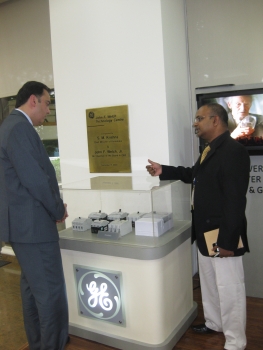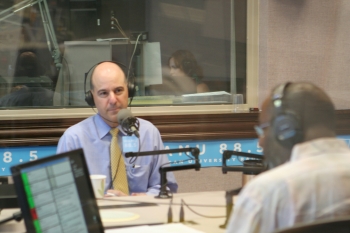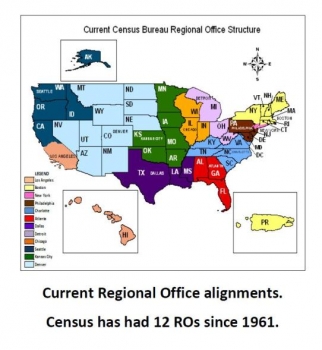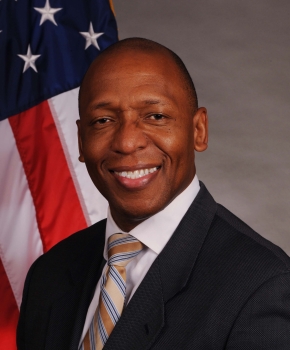Guest post by
Suresh Kumar, Assistant
Secretary for Trade and Director General of the U.S. and Foreign Commercial
Service.
Today, I had the opportunity
to travel to West Virginia to discuss progress on President Obama’s National
Export Initiative (NEI) and the promotion of U.S. manufacturing exports. As
many of you might know, the NEI, announced in 2010, aims to double U.S. exports
by the end of 2014. I’m glad to report that the NEI is off to a good start. Exports
last year comprised 12.5 percent of GDP, up from the 11.2 percent recorded in
2009.
In West Virginia, exports of
merchandise grew 34 percent in 2010 -- double the national growth rate of 17
percent for goods and services. Thus far for 2011, the U.S. remains on pace to achieve the
NEI goal.
The NEI is critical because we need to get more U.S.
companies to export so that we can bolster our economy and support new jobs
here in America. Of America’s 30 million companies, less than 1 percent export,
and of those that do, 58 percent only sell to one market. The NEI helps creates
deep market linkages and connects innovation to the marketplace. It also works
to inform U.S. companies of their export potential, and the U.S. Government and
private sector services available to help them sell internationally.
Export Assistance at
Work
The International Trade Administration’s U.S.
Commercial Service (CS) of the U.S. Department of Commerce operates a global
network of 108 U.S. offices and locations in more than 75 countries comprising more
than 1,400 trade specialists that provides U.S. business comprehensive, soup to
nuts service and programs
West Virginia is an excellent example of how CS
counseling and collaboration with businesses and state and local governments is
resulting in many export sales for U.S. companies. Last year, CS offices in
West Virginia offices recorded 53 export successes totaling more than $11
million.







